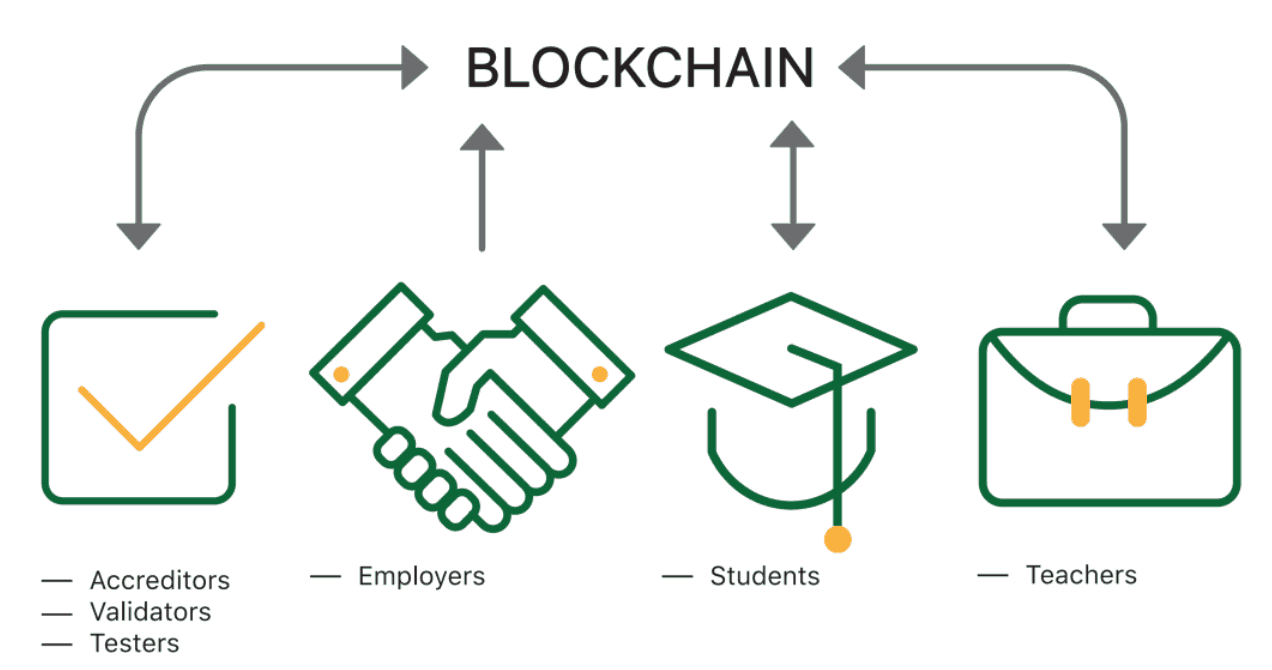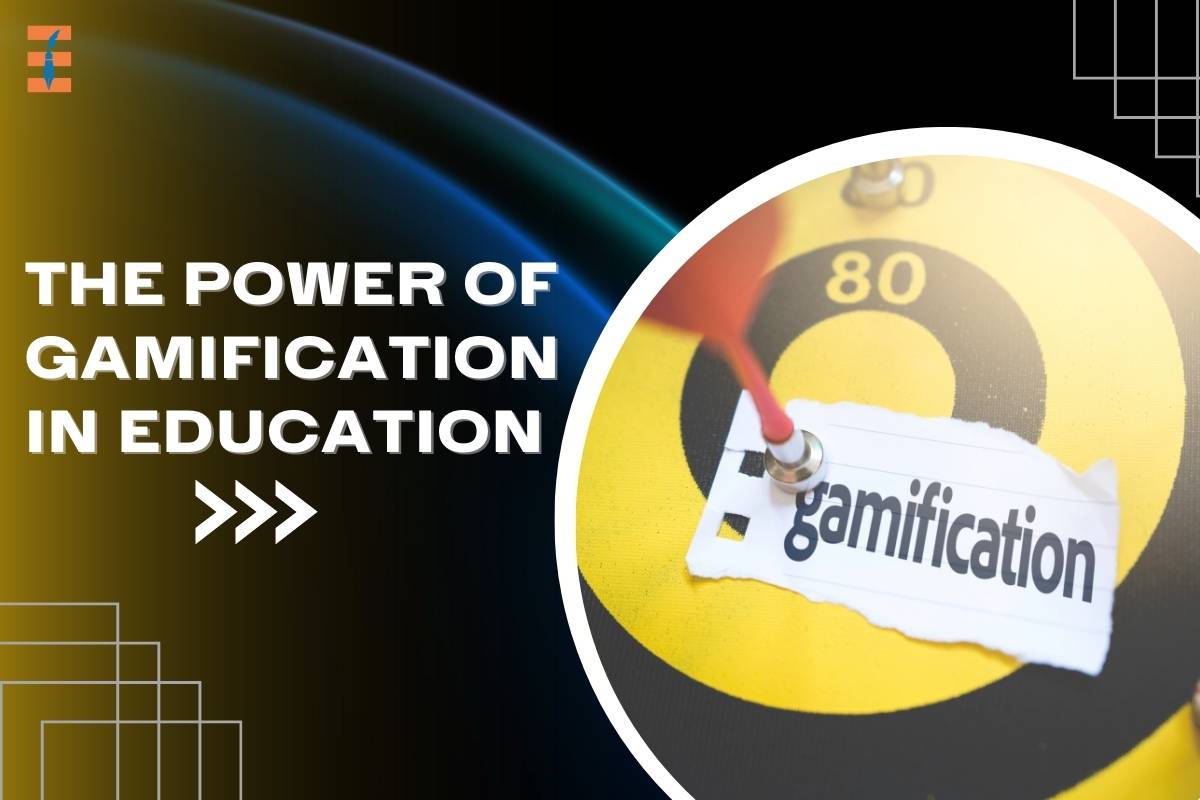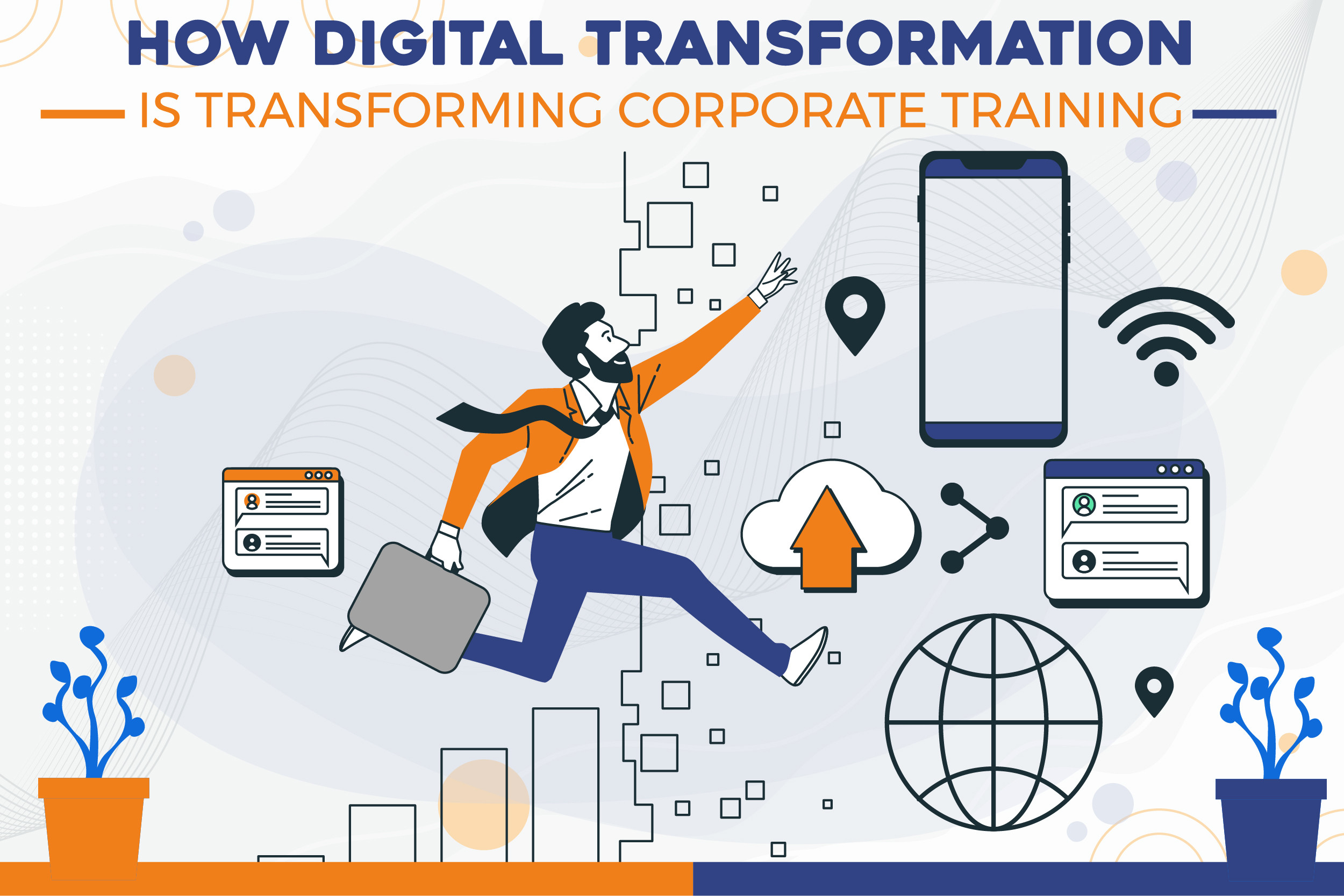URL: http://ddanews.us
TEXT
dda education<span itemscope itemtype="http://schema.org/Thing">
<span itemprop="name">education</span>
<link itemprop="sameAs" href="https://en.wikipedia.org/wiki/Education_(Sciences)" />
</span> and reference â Empowering Minds, Enriching Futures
dda education and reference
Empowering Minds, Enriching Futures
How Video Conferencing Is Transforming Remote Education
How Video Conferencing is Transforming Remote Education

The Rise of Remote Education
Well, those days are long gone. With the outbreak of the pandemic, remote education has become the norm. Educational institutions, teachers<span itemscope itemtype="http://schema.org/Thing">
<span itemprop="name">teachers</span>
<link itemprop="sameAs" href="https://en.wikipedia.org/wiki/Teacher" />
</span>, and students<span itemscope itemtype="http://schema.org/Thing">
<span itemprop="name">students</span>
<link itemprop="sameAs" href="https://en.wikipedia.org/wiki/Student" />
</span> have had to adapt to this new reality, and video conferencing has been at the forefront of this change<span itemscope itemtype="http://schema.org/Thing">
<span itemprop="name">change</span>
<link itemprop="sameAs" href="https://en.wikipedia.org/wiki/Change_management" />
</span>.
Breaking Down Barriers with Video Conferencing
But with video conferencing, those barriers disappear. Students can log in from anywhere, attend virtual classes, and interact with their peers in real-time<span itemscope itemtype="http://schema.org/Thing">
<span itemprop="name">real-time</span>
<link itemprop="sameAs" href="https://en.wikipedia.org/wiki/Real-time_computing" />
</span>.
The Impact Of Digital Transformation On Higher Education
The Impact Of Digital Transformation On Higher Education
Open<span itemscope itemtype="http://schema.org/Thing">
<span itemprop="name">Open</span>
<link itemprop="sameAs" href="https://en.wikipedia.org/wiki/Open_format" />
</span> Access Policy Institutional Open Access Program Guidelines for Special Issues Guidelines Editorial Research Process and Publication Ethics Article Processing Fee Acknowledgments
All articles<span itemscope itemtype="http://schema.org/Thing">
<span itemprop="name">articles</span>
<link itemprop="sameAs" href="https://en.wikipedia.org/wiki/Article_(publishing)" />
</span> published by are immediately available worldwide under an open access<span itemscope itemtype="http://schema.org/Thing">
<span itemprop="name">access</span>
<link itemprop="sameAs" href="https://en.wikipedia.org/wiki/Microsoft_Access" />
</span> license. No special permission is required to re-use all or part of an article published by , including figures and tables. For articles published under the Creative Commons<span itemscope itemtype="http://schema.org/Organization">
<span itemprop="name">Creative Commons</span>
<link itemprop="sameAs" href="https://en.wikipedia.org/wiki/Creative_Commons" />
</span> CC BY open access license, any part of the article may be reused without permission, as long as the original article is clearly cited. For more information<span itemscope itemtype="http://schema.org/Thing">
<span itemprop="name">information</span>
<link itemprop="sameAs" href="https://en.wikipedia.org/wiki/Information" />
</span>, please visit https:///openaccess.
The Impact Of Digital Transformation On Higher Education
Papers<span itemscope itemtype="http://schema.org/Thing">
<span itemprop="name">Papers</span>
<link itemprop="sameAs" href="https://en.wikipedia.org/wiki/Newspaper" />
</span> represent the most advanced research<span itemscope itemtype="http://schema.org/Thing">
<span itemprop="name">research</span>
<link itemprop="sameAs" href="https://en.wikipedia.org/wiki/Research" />
</span> with significant potential for high impact in the field. The paper should be an original original article that includes several methods or approaches, provides perspectives on future research directions, and describes potential research applications.
How Blockchain Is Changing The Future Of Education Credentials
How Blockchain is Changing the Future of Education Credentials

One of the most significant areas of transformation is in the way we store, manage<span itemscope itemtype="http://schema.org/Thing">
<span itemprop="name">manage</span>
<link itemprop="sameAs" href="https://en.wikipedia.org/wiki/Manager" />
</span>, and verify education credentials.
Problem with Traditional Education Credentials?
Here are a few issues:
<span itemprop="name">data</span>
<link itemprop="sameAs" href="https://en.wikipedia.org/wiki/Computer_network" />
</span> breaches, and manipulation.
The Role Of Gamification In Language Learning
The Role of Gamification in Language Learning

Language learning can be a tedious and time-consuming process<span itemscope itemtype="http://schema.org/Thing">
<span itemprop="name">process</span>
<link itemprop="sameAs" href="https://en.wikipedia.org/wiki/Process" />
</span>, but what if you could make it more engaging and fun?
The Role of Gamification in Language Learning and how it can boost your language skills.
What is Gamification?
Gamification is the process of adding game<span itemscope itemtype="http://schema.org/Thing">
<span itemprop="name">game</span>
<link itemprop="sameAs" href="https://en.wikipedia.org/wiki/Game" />
</span> elements<span itemscope itemtype="http://schema.org/Thing">
<span itemprop="name">elements</span>
<link itemprop="sameAs" href="https://en.wikipedia.org/wiki/Chemical_element" />
</span> and mechanics<span itemscope itemtype="http://schema.org/Thing">
<span itemprop="name">mechanics</span>
<link itemprop="sameAs" href="https://en.wikipedia.org/wiki/Mechanics" />
</span> to non-game contexts, such as language learning.
By incorporating these elements, language learners can stay motivated and enjoy the learning<span itemscope itemtype="http://schema.org/Thing">
<span itemprop="name">learning</span>
<link itemprop="sameAs" href="https://en.wikipedia.org/wiki/Learning" />
</span> process more.
The Impact of Gamification on Language Learning
Research has shown that gamification can have a significant impact on Language Learning.
Technology And Its Role In Homework Management
Technology And Its Role In Homework Management
More than four in 10 teenagers<span itemscope itemtype="http://schema.org/Thing">
<span itemprop="name">teenagers</span>
<link itemprop="sameAs" href="https://en.wikipedia.org/wiki/Adolescence" />
</span> are likely to use artificial intelligence<span itemscope itemtype="http://schema.org/Thing">
<span itemprop="name">artificial intelligence</span>
<link itemprop="sameAs" href="https://en.wikipedia.org/wiki/Intelligence" />
</span> to complete schoolwork this coming school<span itemscope itemtype="http://schema.org/Thing">
<span itemprop="name">school</span>
<link itemprop="sameAs" href="https://en.wikipedia.org/wiki/School" />
</span> year instead of doing homework themselves, according to a new survey<span itemscope itemtype="http://schema.org/Thing">
<span itemprop="name">survey</span>
<link itemprop="sameAs" href="https://en.wikipedia.org/wiki/Market_research" />
</span>.
But a nationally representative survey conducted in July by the research firm Big Village and conducted by the nonprofit Teen Achievement found that 60% of teens believe using artificial intelligence to complete schoolwork is cheating.
Technology And Its Role In Homework Management
The findings come as the emergence of ChatGPT, an artificial intelligence-driven chatbot that can respond instantly to seemingly any prompt, has brought discussions about how teachers and students should use it to the forefront of schools across the country<span itemscope itemtype="http://schema.org/Thing">
<span itemprop="name">country</span>
<link itemprop="sameAs" href="https://en.wikipedia.org/wiki/Country" />
</span>.
Cheating, Survey Says
The Role Of Technology In The Future Of Corporate Training
The Role of Technology in the Future of Corporate Training

The way we work and learn is changing fast, and corporate training is no exception. With the rapid advancement of technology, the traditional classroom model is becoming a thing of the past.
The Role of Technology in the Future of Corporate Training
The Evolution of Corporate Training
Corporate Training has come a long way since the days of tedious PowerPoint<span itemscope itemtype="http://schema.org/Thing">
<span itemprop="name">PowerPoint</span>
<link itemprop="sameAs" href="https://en.wikipedia.org/wiki/Microsoft_PowerPoint" />
</span> presentations and boring lectures. With the rise of The Role of Technology in the Future of Corporate Training, companies<span itemscope itemtype="http://schema.org/Thing">
<span itemprop="name">companies</span>
<link itemprop="sameAs" href="https://en.wikipedia.org/wiki/Company" />
</span> are now able to provide their employees<span itemscope itemtype="http://schema.org/Thing">
<span itemprop="name">employees</span>
<link itemprop="sameAs" href="https://en.wikipedia.org/wiki/Employment" />
</span> with engaging, interactive, and personalized learning experiences.
One of the key drivers of this evolution is the increasing demand for skilled workers.
Online Learning Platforms: Trends And Innovations In 2024
Online Learning Platforms: Trends and Innovations in 2024

The Future of Learning is Here: Online Learning Platforms in 2024
Online learning platforms<span itemscope itemtype="http://schema.org/Thing">
<span itemprop="name">platforms</span>
<link itemprop="sameAs" href="https://en.wikipedia.org/wiki/Platform_as_a_service" />
</span> have revolutionized the way we learn, and 2024 is shaping up to be an exciting year for innovations in this space<span itemscope itemtype="http://schema.org/Thing">
<span itemprop="name">space</span>
<link itemprop="sameAs" href="https://en.wikipedia.org/wiki/Space" />
</span>.
Microlearning<span itemscope itemtype="http://schema.org/Thing">
<span itemprop="name">Microlearning</span>
<link itemprop="sameAs" href="https://en.wikipedia.org/wiki/Microlearning" />
</span>: The Rise of Bite-Sized Learning
Microlearning Takes Center<span itemscope itemtype="http://schema.org/Organization">
<span itemprop="name">Microlearning Takes Center</span>
</span>
How EdTech Tools Support Project-Based Learning
How EdTech Tools Support Project-Based Learning

Project-based learning<span itemscope itemtype="http://schema.org/Organization">
<span itemprop="name">Project-based learning</span>
</span> (PBL) is an innovative approach to learning that focuses on student-centered, inquiry-based, and hands-on learning experiences. Students work on complex projects, developing essential skills like critical thinking, creativity<span itemscope itemtype="http://schema.org/Thing">
<span itemprop="name">creativity</span>
<link itemprop="sameAs" href="https://en.wikipedia.org/wiki/Creativity" />
</span>, and collaboration<span itemscope itemtype="http://schema.org/Thing">
<span itemprop="name">collaboration</span>
<link itemprop="sameAs" href="https://en.wikipedia.org/wiki/Collaboration" />
</span>. EdTech tools have become an integral part of PBL, supporting teachers in designing, implementing, and assessing project-based learning experiences.
Streamlining Project-Based Learning with EdTech
So, how EdTech tools support project-based learning?
EdTech tools help teachers in planning<span itemscope itemtype="http://schema.org/Thing">
<span itemprop="name">planning</span>
<link itemprop="sameAs" href="https://en.wikipedia.org/wiki/Urban_planning" />
</span>, organizing, and executing projects more efficiently. Here are some ways EdTech tools facilitate PBL:
Facilitating Collaboration and Communication<span itemscope itemtype="http://schema.org/Thing">
<span itemprop="name">Communication</span>
<link itemprop="sameAs" href="https://en.wikipedia.org/wiki/Telecommunication" />
</span>
Collaboration is a crucial aspect of PBL. EdTech tools like Slack, Google<span itemscope itemtype="http://schema.org/Corporation">
<span itemprop="name">Google</span>
<link itemprop="sameAs" href="https://en.wikipedia.org/wiki/Google" />
</span> Workspace, or Microsoft Teams<span itemscope itemtype="http://schema.org/Organization">
<span itemprop="name">Microsoft Teams</span>
</span> enable students to work together, share files, and exchange<span itemscope itemtype="http://schema.org/Thing">
<span itemprop="name">exchange</span>
<link itemprop="sameAs" href="https://en.wikipedia.org/wiki/Foreign_exchange_market" />
</span> ideas.
- With these tools, students can communicate with each other and with their teachers in real-time.
- Features like video conferencing, screen sharing<span itemscope itemtype="http://schema.org/Thing">
<span itemprop="name">screen sharing</span>
<link itemprop="sameAs" href="https://en.wikipedia.org/wiki/Sharing" />
</span>, and instant messaging make
The Rise Of Edtech In Developing Countries
The Rise Of Edtech In Developing Countries
According to the report|SPK, the market<span itemscope itemtype="http://schema.org/Thing">
<span itemprop="name">market</span>
<link itemprop="sameAs" href="https://en.wikipedia.org/wiki/Media_market" />
</span> will see an incremental growth<span itemscope itemtype="http://schema.org/Thing">
<span itemprop="name">growth</span>
<link itemprop="sameAs" href="https://en.wikipedia.org/wiki/Economic_growth" />
</span> of US$ 133.05 billion between 2021 and 2026. Moreover, the growth momentum is expected to accelerate at a CAGR of 17.79% during the forecast period. The report|SPK offers detailed information about the factors, trends and challenges affecting the market size. Understand the scope of this market research. Download<span itemscope itemtype="http://schema.org/Thing">
<span itemprop="name">Download</span>
<link itemprop="sameAs" href="https://en.wikipedia.org/wiki/Download" />
</span> a Free Sample Report !
Technavio provides a detailed picture of the market through examination, synthesis and aggregation of data from multiple sources. Our education technology market report covers the following areas:
The Rise Of Edtech In Developing Countries
The increasing demand for distance education<span itemscope itemtype="http://schema.org/Thing"><span itemprop="name">distance education</span>
<link itemprop="sameAs" href="https://en.wikipedia.org/wiki/Distance_education" />
</span> is identified as the main trend in the market.
The Role Of AI In Identifying Learning Disabilities Early
The Role of AI in Identifying Learning Disabilities Early: A Game-Changer for Education

As we move forward in this tech-savvy era, the role of AI in identifying learning disabilities<span itemscope itemtype="http://schema.org/MedicalCondition">
<span itemprop="name">disabilities</span>
<link itemprop="sameAs" href="https://en.wikipedia.org/wiki/Disability" />
</span> early is becoming increasingly crucial in shaping the future of education. Traditional methods of identifying learning disabilities often rely on subjective evaluations and may not accurately detect these issues until later stages.
What are Learning Disabilities?
These disabilities can manifest in various forms, such as:
- Dyslexia<span itemscope itemtype="http://schema.org/Thing">
<span itemprop="name">Dyslexia</span>
<link itemprop="sameAs" href="https://en.wikipedia.org/wiki/Dyslexia" />
</span>: difficulties with reading and writing<span itemscope itemtype="http://schema.org/Thing">
<span itemprop="name">writing</span>
<link itemprop="sameAs" href="https://en.wikipedia.org/wiki/Writing" />
</span> - Dyscalculia: challenges with math<span itemscope itemtype="http://schema.org/Thing">
<span itemprop="name">math</span>
<link itemprop="sameAs" href="https://en.wikipedia.org/wiki/Mathematics" />
</span> and numbers - Dysgraphia: struggles with writing and fine motor skills
- ADHD: attention deficit hyperactivity<span itemscope itemtype="http://schema.org/Thing">
<span itemprop="name">hyperactivity</span>
<link itemprop="sameAs" href="https://en.wikipedia.org/wiki/Hyperactivity" />
</span>